For most of its history, the OECD’s Development Assistance Committee (DAC) has been the premier multilateral forum for the world’s major donors to coordinate policies, encourage burden-sharing, and push each other to give more—and more effectively—to developing countries. The concept of Official Development Assistance (ODA) has served as its cornerstone. Its measure of donor effort underpins the DAC’s influence and reputation. We have covered the topic of the reform of the definition of ODA before (here and here). It is an important and ongoing debate and we are pleased to provide an open platform for its continuation. In his correspondence with Susanna Moorhead (the DAC’s chair since February of this year), Simon Scott, a former lead statistician at the OECD, warns that recent evolutions in the method of calculating ODA are undermining its usefulness and will ultimately jeopardize the DAC’s credibility. Below Brookings Senior Fellow Tony Pipa adds his thoughts on what the fuss is all about.
What is all the fuss about?
The main defining factor for ODA has always been that it is “concessional in character”: that is, that ODA reflects something of value that a donor is voluntarily giving away to the recipient. ODA was understood to have a philanthropic dimension, and require some “effort” or sacrifice on the part of the donor. (Note: Under this definition, clearly grants are 100 percent ODA; it’s always been trickier to decide which part of loans and other financing mechanisms count.)
In simpler times, calculating this donor effort was fairly straightforward. The specific countries in need of aid seemed clear; interest rate levels made it conventional to calculate which part of a loan was a giveaway; and the aid agenda concerned itself primarily with humanitarian needs.
The development landscape, however, has changed dramatically over the past two decades. The focus has shifted from aid to finance. ODA now comprises less than 10 percent of the external financial flows into developing countries, and it’s commonly accepted that significant private sector investment and resources raised domestically by developing countries will be needed to enable the scale of development the global community seeks. Whereas most ODA is provided in the form of grants (which are clearly 100 percent ODA), the share of ODA offered as concessional loans increased from 10 percent in 2005 to 16 percent in 2015, with loans comprising more than one-third of ODA for six members.
In addition, new donors from the global South, such as China, are making investment available without the standards and conditions of traditional aid. They are prioritizing mutual benefit and “win-win” solutions—with almost no transparency and measurement of development outcomes.
Within the U.N., where conversations also include recipient countries, the standard aspiration became (rather unscientifically) for donor countries to make 0.7 percent of their GDP available as ODA. Historic lows for interest rates made money so cheap for donors that they could price in risk by adding a percentage point or two and still offer cheaper loans than the market to developing countries. With the advent of the Sustainable Development Goals, the potential uses of ODA widened dramatically.
Figuring out what constitutes donor “effort” and its appropriate applications thus became more complicated. Were loans a donor made to developing countries at below-market rates always ODA, even if the donor made a profit? Should DAC members be in the business of offering below-market loans to private companies, potentially affecting the operation of the capital markets? Did it make sense to count German loans to China for infrastructure as ODA? Even activities within donor countries with potential development impact came to be counted (though not every donor did it—the U.S., for example, has never classified its public health research at the National Institutes of Health (NIH) as ODA).
To its credit, the DAC has sought to keep up. It embarked on a process in 2012 to modernize the definition of ODA. It convened an expert group to offer input and key principles (I served on that group). Since it operates on consensus, when the members of the DAC’s working party on statistics could not agree upon key elements of a new accounting, it kicked the decision to its political leaders—i.e., the development ministers—to solve the impasse.
Political leaders are not statisticians. The members agreed that the status quo was not a good option, even if a statically pure solution was unavailable. They focused on finding a compromise, one that reinforced the specific character of ODA and would reduce questionable accounting. They created three tiers for calculating the donor effort of loans, so that loans made to countries with the least ability to pay for financing would count as more ODA. After all, the percentage of ODA going to the least developed countries had been declining, in contradiction of ODA’s original intent.
Simon Scott points to this as the first place where things get off track, questioning the choice of rates that comprise the different tiers. If this were the only issue, presumably experts could provide options to strengthen the statistical calculation while staying true to the intent of the decision. But things get further complicated by the desire to account for the private investment unleashed with public funds. Here even the political leaders of the DAC could not come to a clear resolution, and the calculations for a new tranche of ODA related to private sector instruments are cribbed from the new methods applied to loans.
The new accounting thus mashes together several new and untested metrics, raising skepticism that it has the level of rigor and statistical integrity that instills trust in the numbers. The political leaders anticipated this inconsistency. Rather than do nothing, they felt as though an interim arrangement, with calculation published transparently, would provide interested reviewers and experts a general understanding and, over time, lead to suggestions for refinements.
Scott suggests that the current situation can partly be attributed to the influence of finance ministers concerned about getting financial credit. Perhaps. Many countries are intent on demonstrating that they’ve reached the 0.7 percent of GDP threshold in an era where they have fewer resources. But just as likely might be the diminished interest and influence of development ministers, both within their own governments and in a world buffeted by nationalism, where aid has become a transactional tool to serve individual donor interests. Seen in this light, the controversy over the calculation of ODA is a symptom of a larger concern.
ODA has become less the basis for political discourse within the DAC itself—important donor-to-donor conversations about aid levels, divisions of labor, burden-sharing, and coordinated aid diplomacy—than an accountability mechanism for external stakeholders. That is the real challenge for DAC Chair Susanna Moorehead (who wasn’t even at the DAC for most of these negotiations): to strengthen the individual and collective voices of the DAC and elevate the geopolitical and strategic importance of their approach to the development enterprise, one based on certain rules of practice with respect to human rights and environmental standards.
To take one example: China’s proposed $1+ trillion investments through its Belt and Road Initiative present a challenge to the DAC. Its members recognize that China is filling an enormous financing gap, offering capital that is crucial to the development aspirations of the global community and not met by them or the traditional multilateral donors that they fund. Yet China’s approach often contradicts the standards and development principles that DAC donors uphold, and which experience has demonstrated are instrumental for maximizing the social impact of those investments.
No new method of accounting is going to make the financing from DAC members be more attractive or competitive than China’s offer. That requires a coordinated political conversation, one backed by real money and high-impact initiatives.
The DAC must get the statistical computation of ODA right. But its members should view the need to do so not just as a responsibility to other stakeholders, but as the basis for reigniting the types of development cooperation and diplomacy as a group that will help them reclaim their political relevance and influence—and improve the lives of more people worldwide.
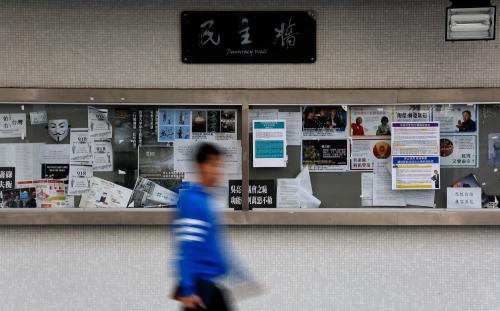
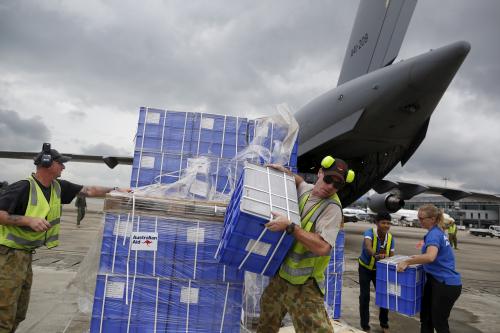
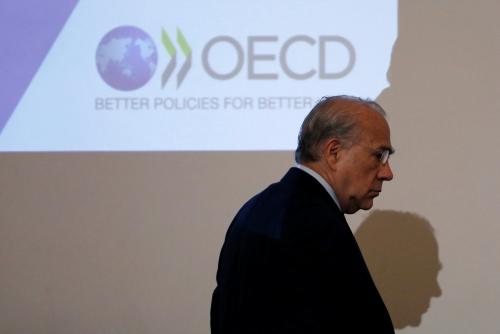

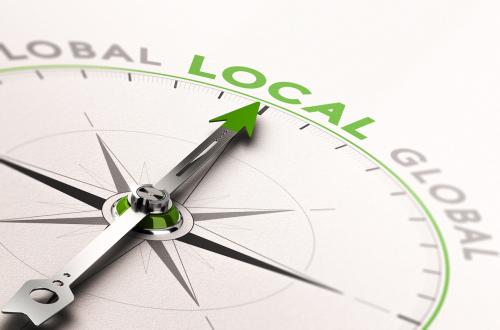
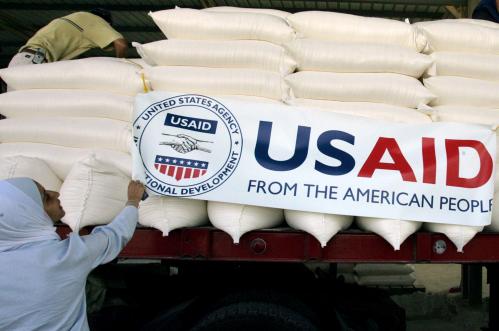
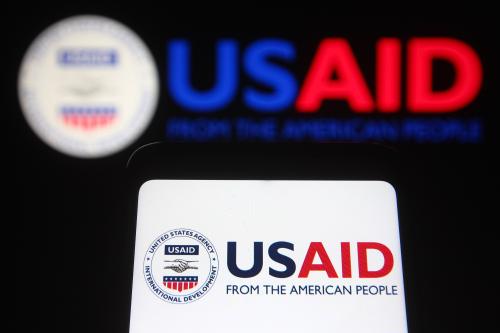
Commentary
Statistics vs political relevance: Getting Official Development Assistance right
November 18, 2019